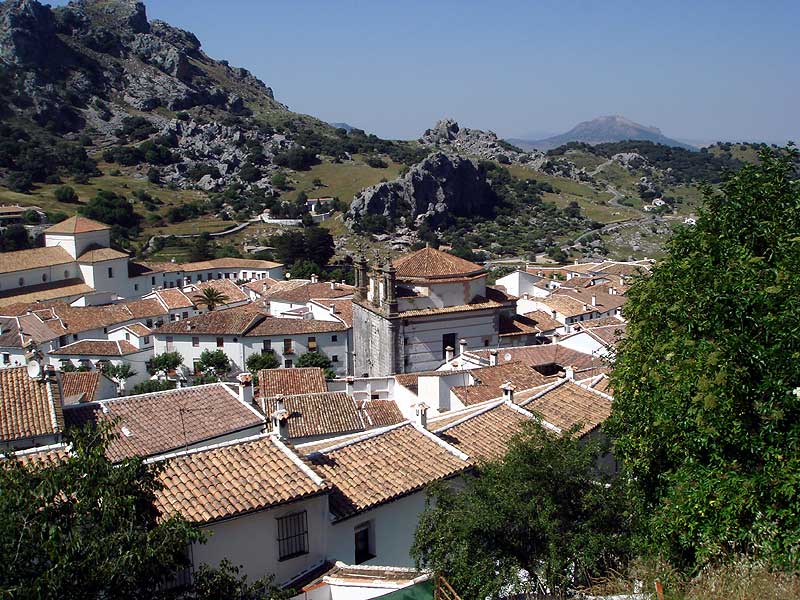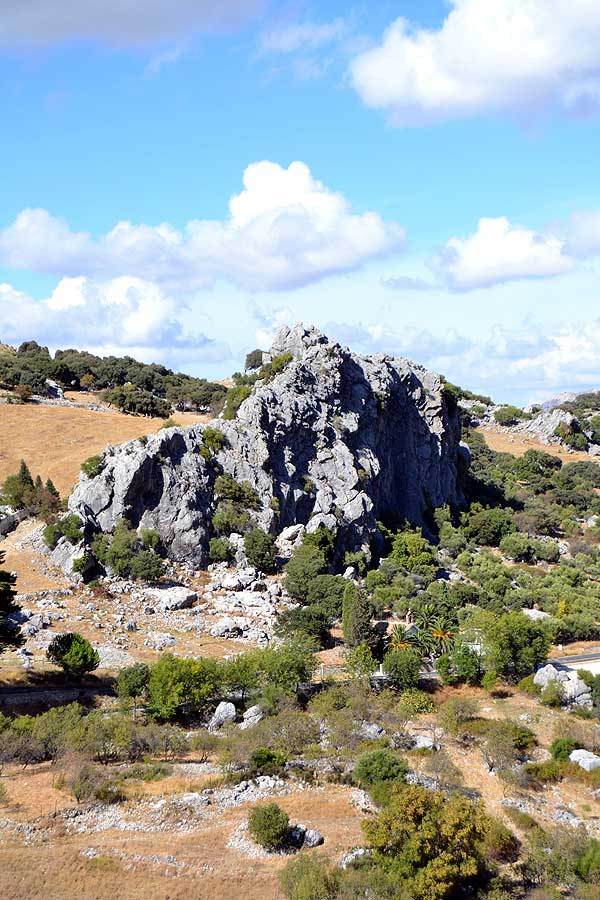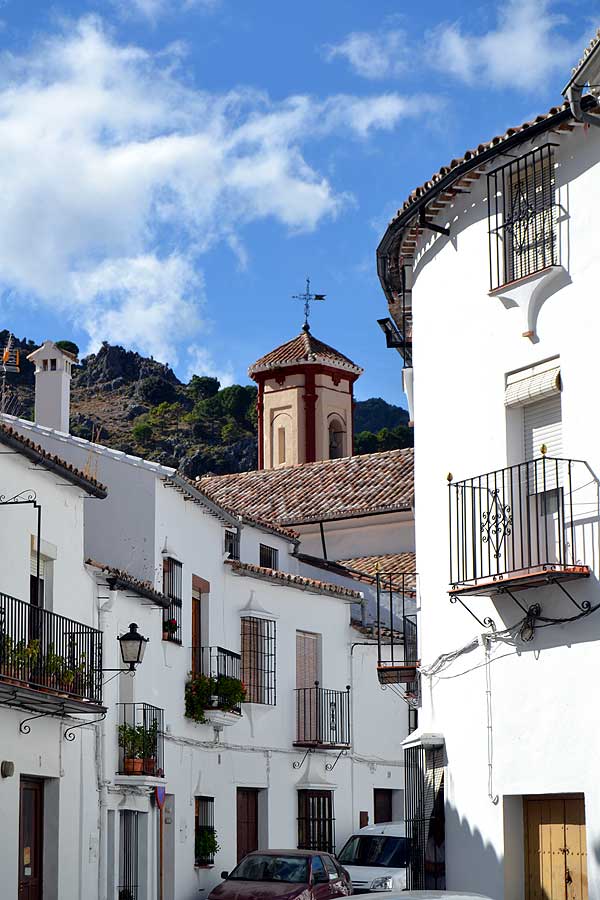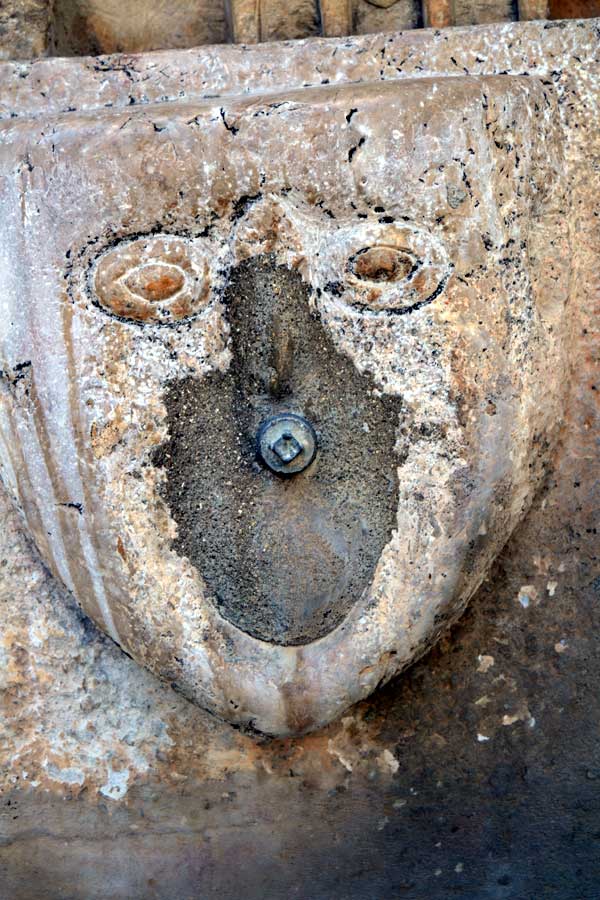Is it worth visiting the white village of Grazalema? In a word Yes!… Grazalema is a traditional white village (pueblo blanco) located in the north-eastern area of Cadiz province. It nestles amongst the beautiful mountains of the Sierra de Grazalema and has a local population of around 2000 people inhabiting the village and surrounding countryside.
Set in a protected area popular for nature and outdoor enthusiasts, the village itself is on the list of “obligatory visits” on the route of the white villages of Andalucia and is very popular for guided walking and wildlife holidays.
The VoiceMap and Grazalema Guide audio tour
Experience Grazalema’s rich history and natural beauty with our immersive audio guide, “Glorious Grazalema: From Moorish Settlement to Andalucian Treasure.” Perfect for adventurers of all kinds, this guide offers a captivating journey through one of Andalusia’s most picturesque villages. Discover Grazalema: An Audio Guided Tour

Find out more and buy the guide over at the VoiceMap website
What to see and do In Grazalema? What is Grazalema famous for?
- Breathtaking Natural Beauty: Grazalema is nestled in the stunning Sierra de Grazalema Natural Park, renowned for its rugged mountains, deep gorges, and lush forests. The landscapes offer incredible opportunities for hiking, photography, and nature exploration.
- Charming White Village: Grazalema is a picturesque white village with narrow streets, whitewashed houses, and flower-filled balconies. Exploring the village’s quaint architecture and vibrant squares is a delightful experience.
- Rich History: The village has a rich history that dates back to Roman times. Discover the remnants of its past through historical sites like the Church of San Juan and the Old Town’s preserved medieval layout.
- Outdoor Activities: Grazalema is a paradise for outdoor enthusiasts. You can enjoy activities like hiking, rock climbing, mountain biking, and birdwatching. The park is home to diverse flora and fauna, including the rare Spanish fir tree and the majestic griffon vultures.
- Traditional Crafts: Grazalema is known for its traditional crafts, particularly wool weaving and the production of high-quality blankets and ponchos. Visit local workshops to witness the artisans at work and purchase unique, handmade souvenirs.
- Gastronomic Delights: Indulge in the local cuisine, which highlights regional specialties like slow-cooked stews, hearty game dishes, and delicious goat cheese. Grazalema’s charming restaurants and tapas bars offer a taste of authentic Andalusian flavors.
- Festivals and Cultural Events: Experience the vibrant local culture by timing your visit with one of Grazalema’s traditional festivals. The village comes alive with music, dancing, processions, and colorful celebrations that provide a glimpse into Andalusian traditions.
- Spectacular Views: Climb to the top of El Torreón, the highest peak in the Sierra de Grazalema, for breathtaking panoramic views of the surrounding mountains and the nearby reservoir. The vistas from various viewpoints throughout the region are equally awe-inspiring.
- Peaceful Atmosphere: Grazalema offers a peaceful and tranquil setting, perfect for those seeking a break from the hustle and bustle of city life. Enjoy the serenity of the natural surroundings, take leisurely walks, and soak up the village’s laid-back ambiance.
- Proximity to Other Attractions: Grazalema’s central location in Andalusia makes it an ideal base for exploring other nearby attractions. You can easily visit cities like Ronda, Sevilla, and Cádiz, as well as the famous “Pueblos Blancos” (White Villages) scattered throughout the region.
Some history about Grazalema
The true origins of Grazalema are still largely unknown and, like much of our past history, are shrouded in the mists of time. But, the Roman Villa of Lacidulia, situated in an estate near to the present village has been traditionally considered the ancestor of the village. (Some investigations are uncovering more information that may prove the old theories to be misunderstood and we’ll update this page as we learn more. )
Certainly, during the eighth century the area was populated by the Berber people from North Africa who gave the name “Raisa lami suli” to the urban area. Afterwards it was called Bensalama or “son of Zulema”. Later this was altered to “Grand Zulema” and by the time of the Christian conquest in 1485 it was known as “Zagrazalema”
As early as the 17th century the Grazalema that we know became famous for its textiles, making blankets and articles of clothing from wool. The valley below the village known as “La Ribera” was an important area with many water powered mills processing wool for the textile industry.
Other mills in the same valley were busy pressing olives for oil and grinding wheat for flour. Sadly many (though not all) of these mills are now abandoned and in ruins or have been converted to weekend houses, and the machinery lost. The 19th century industrial revolution and mass production of textiles in the north of Spain caused a serious economic problem to the cottage industry villages such as Grazalema – that alone employed the labour of over 4000 workers for the various areas of the textile industry. You can imagine the scene as production pretty much stopped causing mass unemployment.
Modern Grazalema and tourism in the Sierra de Grazalema
You can still buy high quality woollen products made in traditional ways and even visit the small working museum in the village to watch items being made. See more at the website of Artesania Textil de Grazalema.
Along with the textile industry the traditional work of local people is centred on small scale agriculture, sheep and goat farming, the harvesting of cork and also furniture making. Some of the old water powered mills were used as carpenter’s workshops where the water powered a central shaft for belt driven machinery. Now carpenters are turning out high quality workmanship from modern workshops.
The Plaza de España is a good place to take a rest eat some tapas and watch the comings and goings of the village.
Tourism now plays a major role in sustaining the village and its people. The numerous bars, restaurants and hotels depend on visitors coming to see the white villages of Western Andalusia and the beautiful scenery whilst other companies provide tours for hiking, canoeing climbing and other outdoor activities. The fact that the mountains are protected by law means that the sierra de Grazalema natural park also provides direct employment to the local work force.












Fiestas and celebrations
The first celebration of the summer is the Romeria de San Isidro which is held on the last Sunday of May. It celebrates the arrival of summer and involves a lively procession of virtually the entire village down to a pasture in the ribera valley. In the usual way of Spanish festivities there are copious amounts of food and drink and lots of loud music. The party goes on all day and for as long as anyone has the energy to keep going.
During the third week of July, the Fiestas of Carmen are held. Music and dancing goes on virtually 24 hours a day and the climax of the festivities end with the “Lunes de toro de cuerdo” This event is not for the feint hearted as it involves a fighting bull with a long length or rope tied to its horns and the villagers pulling it around in a tug of war whilst at the same time trying not to get gored. It does involve what many people consider to be animal cruelty and so a decision needs to be made whether you want to witness this or not. As the name suggests it is always held on a Monday.
Around the third week of August are the “Fiestas Mayores” the big week of celebrations including live bands, fun fairs, dancing, late nights and lots of food. The music is deafening and the partying frenzied for the youngsters of the village but there is always something for everybody at the August feria.
The eighth of September is a celebration of the patron saint of Grazalema “Nuestra señora de los angeles” (our lady of the angels).
Where to eat in Grazalema
There are various bars and restaurants around the village, the majority being centred around the plaza de España and the plaza de Andalucia. Food is generally simple with a good selection of traditional tapas available. Check out the definitive guide for eating out in Grazalema here: https://grazalemaguide.com/blog/eating-out-in-grazalema-the-definitive-guide-to-bars-and-restaurants/
Other white villages in the Sierra de Grazalema
Visit more villages in the Sierra de Grazalema. Three routes and map here.
Ronda Today
Everything you need to know before you visit Ronda “The city of dreams” in Andalucia. https://www.rondatoday.com/
Visit Cádiz
Planning on visiting Cádiz? Tourist information. Monuments. Hotels. Activities. City guides: https://visitingcadiz.com/
The Caminito del Rey
Find tickets for the Caminito del Rey: https://www.caminodelrey.es/
Wildside Holidays – Spain
Take a trip on the Wildside! Discover the wildlife and nature of Spain, its Natural and National Parks and find the top wildlife, activity and walking holiday companies.
Iberia Nature Forum
Discover the Iberia Nature Forum – Environment, geography, nature, landscape, climate, culture, history, rural tourism and travel.
I’ve been living in this lovely area of Western Andalucia for the last 20 years or so and dedicate most of my time to the running of English language tourist information websites for the towns of Cádiz, Ronda, Grazalema, the famous or infamous Caminito del Rey, and also Wildside Holidays, which promotes sustainable and eco-friendly businesses running wildlife and walking holidays in Spain. My articles contain affiliate links that will help you reserve a hotel, bus, train or activity in the area. You don’t pay more, but by using them you do support this website. Thankyou!

6 thoughts on “The White village of Grazalema”